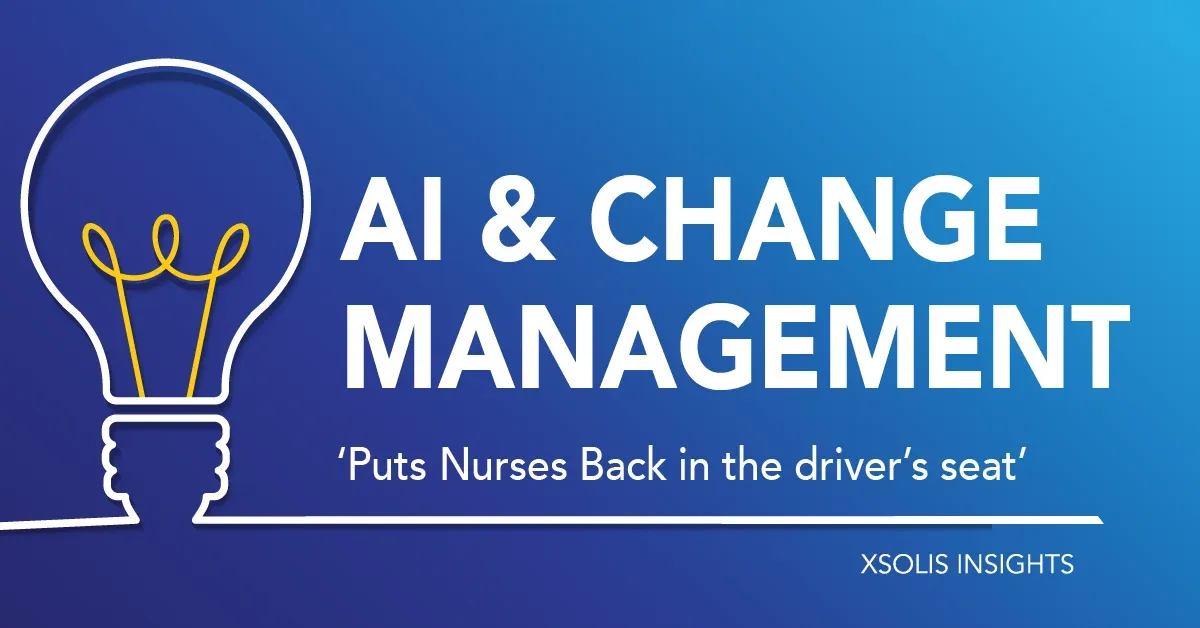Technology is reshaping the discipline of utilization review. Today’s nurse often have computers and data science at their disposal, yet using them effectively can be daunting. In a recent webinar, Lynn Leoce, Executive Director at AdventHealth, and Michelle Wyatt, Director of Clinical Best Practices at Xsolis, explored the process of embracing technology, using the backdrop of AdventHealth’s partnership with Xsolis. Lynn shared how Xsolis’ technology will prove to be a strategic advantage to AdventHealth and Michelle examined the process of change management for leaders and staff.
Technology can be liberating, but it also requires a different way of doing things – and therefore careful and deliberate change management. In Michelle’s words, “I believe AI [artificial intelligence] puts the nurse back in the driver’s seat for case management” compared to traditional criteria and she looks at technology adoption as a chance for nurses “to be clinicians again.” As leaders look to incorporate technology into their organizations, Michelle urges leaders towards three actions that are integral to successful change management: staying engaged, providing clear communication, and setting and maintaining standards.
Stay Engaged
With a new process and new technology to tackle their work, nurses need their leaders to be engaged, and to “dig in and lead from the trenches,” says Michelle. Without firsthand knowledge of what their staff do on a daily basis, leaders lose the chance to build rapport, understand daily struggles and find opportunities for continual improvement.
Provide Clear Communication
Staff deserve clear messaging on “the what and the why” upfront, according to Michelle. Without leaders sharing the reasons behind changes being implemented, confusion can cause chaos. But when leaders are clear with what is driving a decision towards change – whether it is to improve outcomes, support daily workflow, improve patient care, or beyond – staff are often quick to get on board. And with firm rationale in place, the process and outcomes can be judged against the reason for the change.
Do your staff know what’s expected of them and is the work standardized across the board? If not, Michelle urges caution. “Whether you are one hospital or six hospitals, for some tasks, everyone should be doing the same thing,” referencing case reviews and work prioritization as examples. Leaders must provide clarity and deliberation on how work should be approached, what tasks and needs have clear priority and how technology should be used to support these standards. And once clear standards are set, leaders can track progress and make small tweaks to continue to set their teams up for success.
As a healthcare leader in the information age, AI is probably on your mind as much as change management. To hear more from Lynn and Michelle on these and other topics, watch the on-demand webinar.
